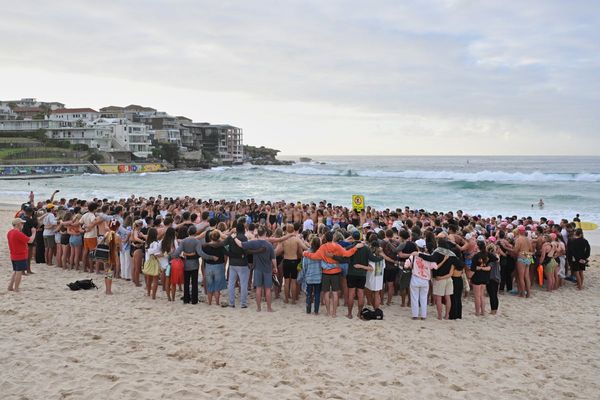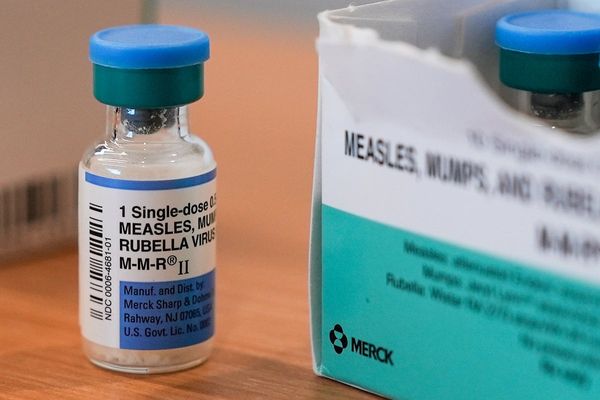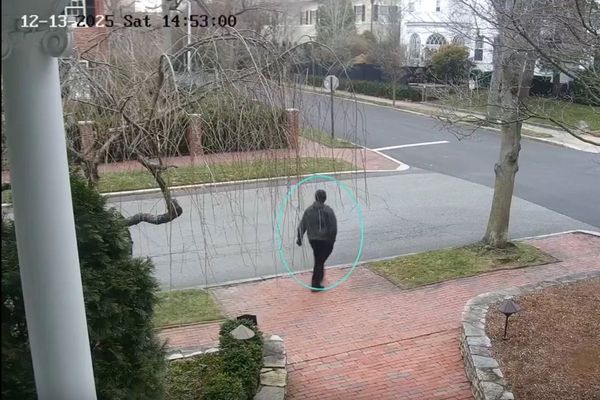Telangana presents a rare paradox in the education sector. Its students perform exceptionally well in the All India Joint Entrance Examination every year. In 2023, 11 out of 43 students scored 100 percentile, the highest among all States. But the Annual Status of Education Report for 2022 makes for grim reading. The State also has the highest share of students in the 14-18 group who are not in the education system. Ironically, the students from the State who crack national competitive exams are from the same age group.
Other States with poor social indicators are better off than Telangana. While 22.1% of children in the age group of 14-18 in Telangana were out of the education system, the national average was 13.2%. School students in the State don’t have skills that match their counterparts in other parts of the country. For instance, nationally, 43.3% of students could do basic arithmetic calculations, while in Telangana, only 19.75% could do so in the 14-18 age group.
Low investment in education by successive governments lies at the heart of the problem. The State has 3,274 junior colleges of which only 420 are managed by the State government. But it has 1,349 privately run junior colleges, most of them in urban areas. The result is that many students have to travel long distances to reach college. The State also runs other residential junior colleges and facilities, but the admission for them is through a competitive exam. This also keeps a high share of students out of the education system.
The interim Budget presented by the incumbent Congress government appears to recognise both the quality of education and the funding gap for the sector. “Our government’s biggest priority will be school education. Apart from providing the required funds for various facilities and schemes on a regular basis, the government has decided to set up digital classrooms in the schools,” said the Finance Minister, Mallu Bhatti Vikramarka, in his maiden Interim Budget speech. Funding has been raised from ₹18,955 crore, earmarked in the 2023-24 Budget, to ₹21,839 crore — a substantial increase of 15.21%. But this is not enough. Telangana has consistently underspent on the education sector over the past decade. The budgetary outlay for education in 2014-15 was 10.89%. If the State had maintained the same pace of sectoral outlay, the education budget for 2024-25 should have been ₹30,044.53 crore.
When the Telangana Rashtra Samithi came to power, it used the slogan of ‘KG to PG’ free education for the poor. But the investment required to fulfil the promise was never made. The State managed to build only one show-piece facility in Sircilla, the Assembly constituency of former Municipal Administration and Urban Development minister K.T. Rama Rao. Even this was not developed with State funding, but with monies under Corporate Social Responsibility from a building conglomerate.
NGOs in the State have been highlighting the abysmal state of educational infrastructure by sharing information and photographs of schools without boundary walls and of cattle roaming around in dysfunctional washrooms. The high dropout rate among girls of the 14-18 group is directly linked to the absence of hygienic toilet facilities.
The quality of education has been affected by the slow pace of recruitment in the education sector which has scuppered the hopes of lakhs of aspiring teachers. In 2019, the State government appointed eight serving Indian Administrative Service officers as in-charge vice-chancellors as an ad hoc measure after the tenure of the vice-chancellors ended. The universities which had IAS officers as vice-chancellors included Kakatiya University, Jawaharlal Nehru Technological University-Hyderabad, and Osmania University. Only in May 2021 did the universities get academicians as full-fledged vice-chancellors. It was clear that the State cared little about educational institutions.
One of the United Nations’ Sustainable Development Goals is to “ensure inclusive and equitable quality education and promote lifelong learning opportunities for all”. It is clear that Telangana will not achieve this goal in time. It will also be unable to achieve the goal of ensuring 50% Gross Enrolment Ratio goal in higher education by 2030, a stated goal of the Union government. It is time for the Telangana government to follow through on its promises in education.







